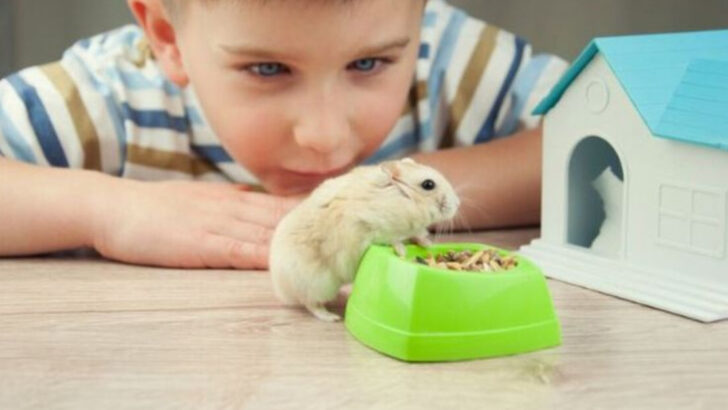Kids don’t need another screen—they need a creature depending on them to survive.
Nothing wakes up a young mind quite like a hungry hamster staring them down at 7 a.m., or a fish tank that isn’t going to clean itself.
Responsibility doesn’t come in a textbook.
It comes with fur, feathers, scales, and a schedule.
The right pet can transform a child from forgetful to focused. From “not now” to “I already fed him.” It’s not always pretty (spoiler: cleanup is part of the deal), but it works.
Whether you’re looking for a low-maintenance starter or a daily dose of accountability with paws, this list has the perfect match.
Here are 18 pets that do more than cuddle—they teach.
Goldfish
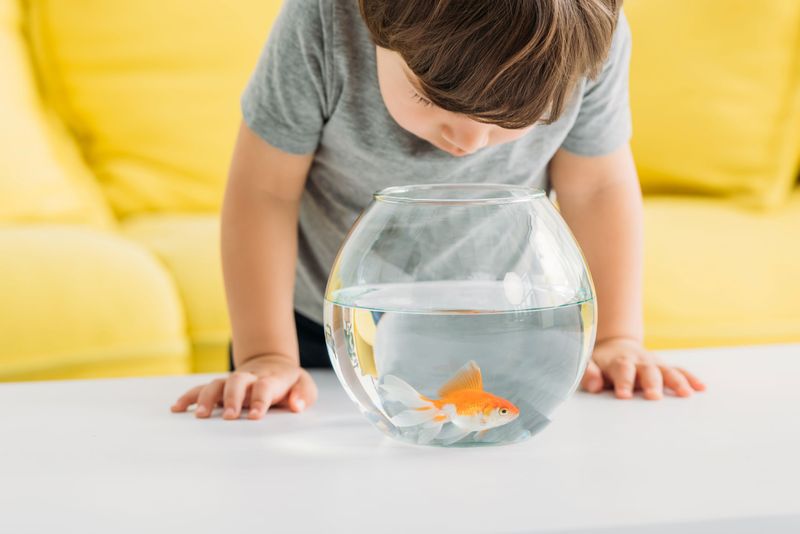
A goldfish may seem like a simple pet, but its serene presence can be captivating for children. Watching its fluid movements encourages relaxation and observation skills. Children learn the importance of maintaining the fish’s environment by keeping the water clean and feeding it properly.
Goldfish are relatively low-maintenance, making them a suitable first pet for young kids. They teach responsibility without overwhelming complexity. With their bright scales and fluid movements, they bring a touch of nature’s beauty into the home.
Caring for a goldfish can ignite a child’s curiosity about aquatic life and habitats.
Hamster
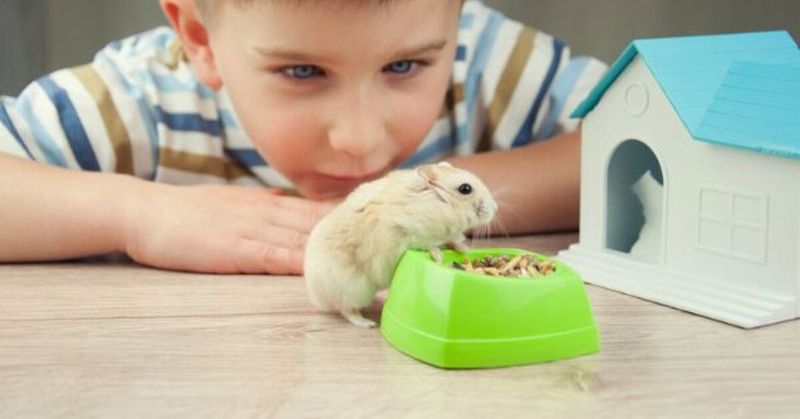
The hamster’s playful antics and small size make it a charming pet for kids. These little creatures require attention and gentle handling, teaching children about empathy and care.
Setting up the hamster’s living space and ensuring it has proper nutrition encourages organizational skills and routine. Their nocturnal nature offers a unique opportunity for night-time bonding.
Hamsters are known for their cheek-pouch habits, which can be quite amusing to observe. This aspect of their behavior can spark conversations about natural instincts and adaptability.
Budgerigar (Budgie)
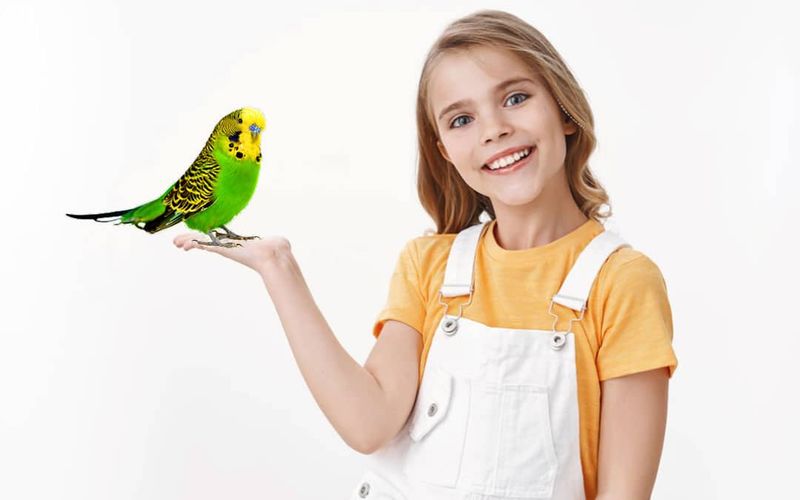
Budgerigars or budgies are vibrant and social birds that thrive on interaction, making them ideal companions for children. Their cheerful chirping can fill a home with a lively melody.
Teaching a budgie to mimic words or perform tricks can be a rewarding experience, enhancing a child’s patience and communication skills. These birds require regular cage cleaning and fresh food, instilling a sense of routine and care.
Budgies’ ability to form bonds with their owners also teaches children about friendship and loyalty.
Guinea Pig
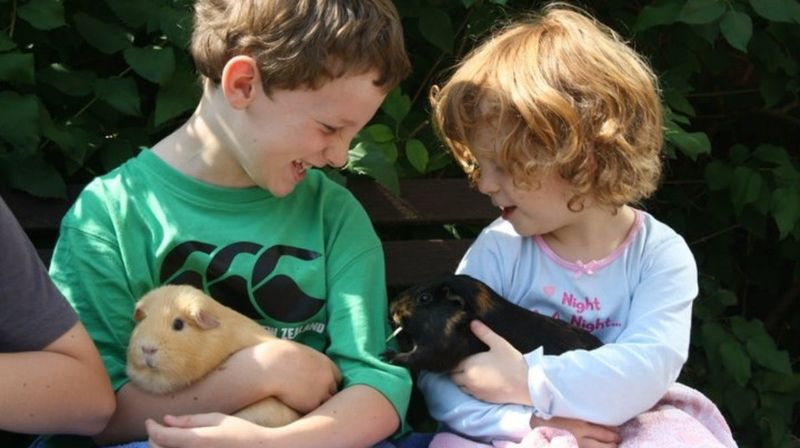
Guinea pigs are gentle creatures known for their expressive vocalizations and social nature. These characteristics make them excellent companions for kids.
Children can learn to recognize the different sounds guinea pigs make and respond to their needs, fostering empathy and understanding. Regular grooming and feeding encourage a sense of routine and responsibility.
Caring for a guinea pig also offers a chance to explore topics like diet and habitat, enriching a child’s knowledge about animal care.
Turtle
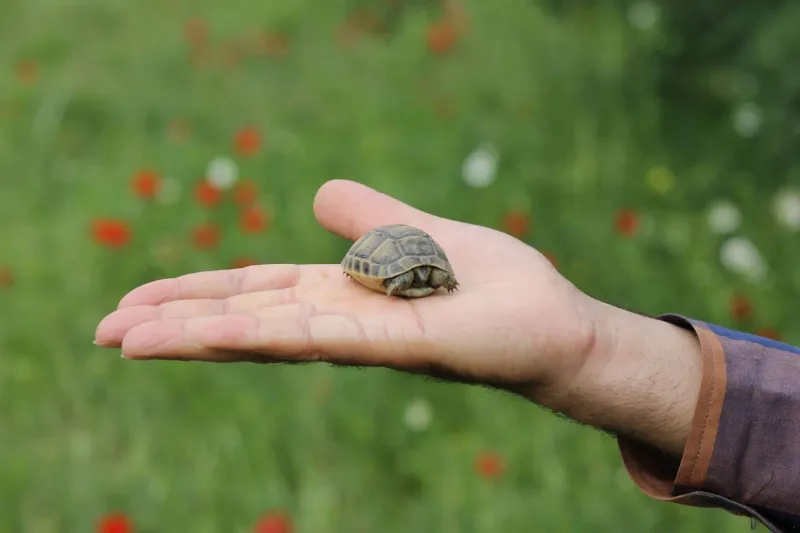
Turtles make fascinating pets due to their unique behaviors and long lifespan. Observing a turtle’s slow movements can be mesmerizing and educational.
Kids learn about the importance of maintaining the right environment for their turtle, including proper temperature, lighting, and diet. This teaches attention to detail and consistency.
Turtles’ ancient lineage provides an opportunity to discuss evolution and history, sparking interest in natural sciences.
Rabbit

Rabbits are delightful pets with their soft fur and gentle demeanor. Their playful hops and curious nature make them engaging companions.
Caring for a rabbit involves regular feeding, grooming, and cleaning, teaching children about responsibility and hygiene. Rabbits also enjoy social interaction, encouraging kids to spend quality time with them.
These animals are known for their strong hind legs and keen senses, providing a fun way to learn about anatomy and adaptation.
Cat
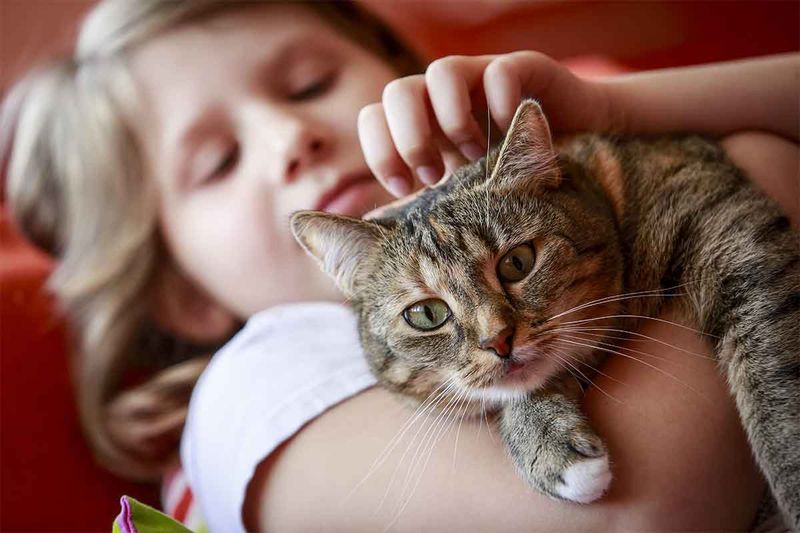
Cats are independent yet affectionate, offering the perfect balance for a family pet. Their playful antics and soothing purrs create a comforting presence.
Children learn responsibility through feeding, grooming, and providing companionship. Cats’ curious nature can lead to exciting discoveries and playful interactions.
With their elegance and agility, cats provide lessons in grace and patience, making them wonderful teachers of empathy and respect.
Dog

Dogs are loyal and loving companions, known for their boundless energy and playful nature. They require daily exercise, feeding, and grooming, instilling a strong sense of responsibility.
Training a dog can enhance a child’s patience and communication skills. Their protective nature teaches children about loyalty and trust.
Dogs’ ability to bond deeply with their family offers lessons in friendship and unconditional love, making them cherished members of the household.
Parrot
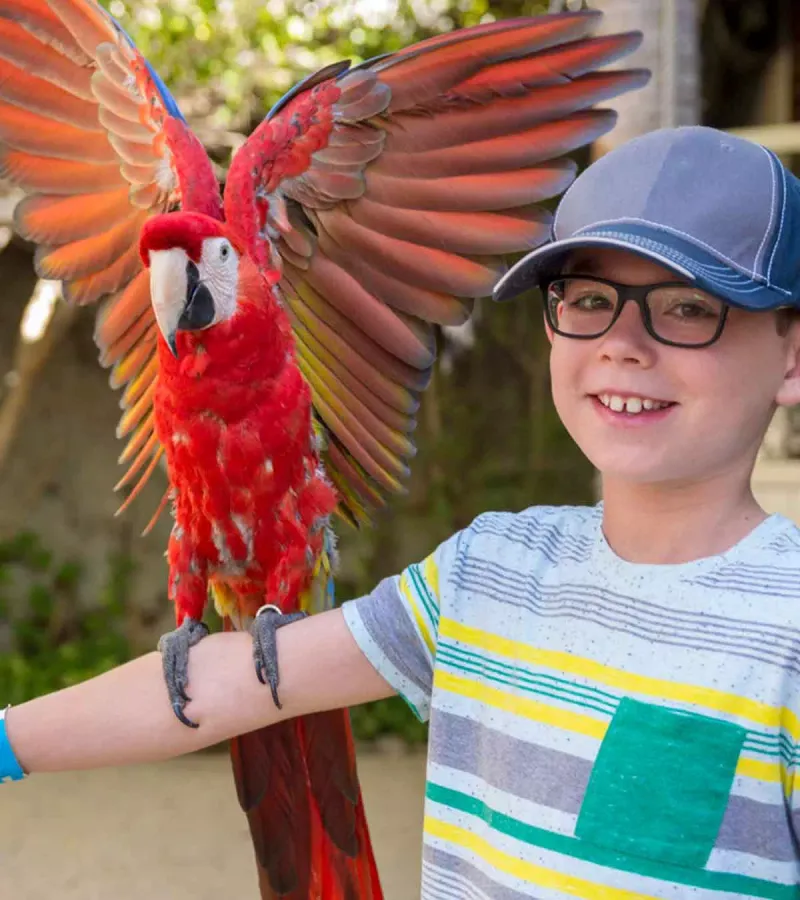
Parrots are intelligent and social birds, known for their ability to mimic sounds and words. Their vibrant colors and lively personalities make them fascinating pets.
Children can engage in training and conversations, enhancing their communication skills and patience. Parrots require regular care, including feeding and cage maintenance, teaching responsibility.
These birds’ long lifespan allows for a lasting companionship, offering lessons in commitment and care over time.
Gerbil
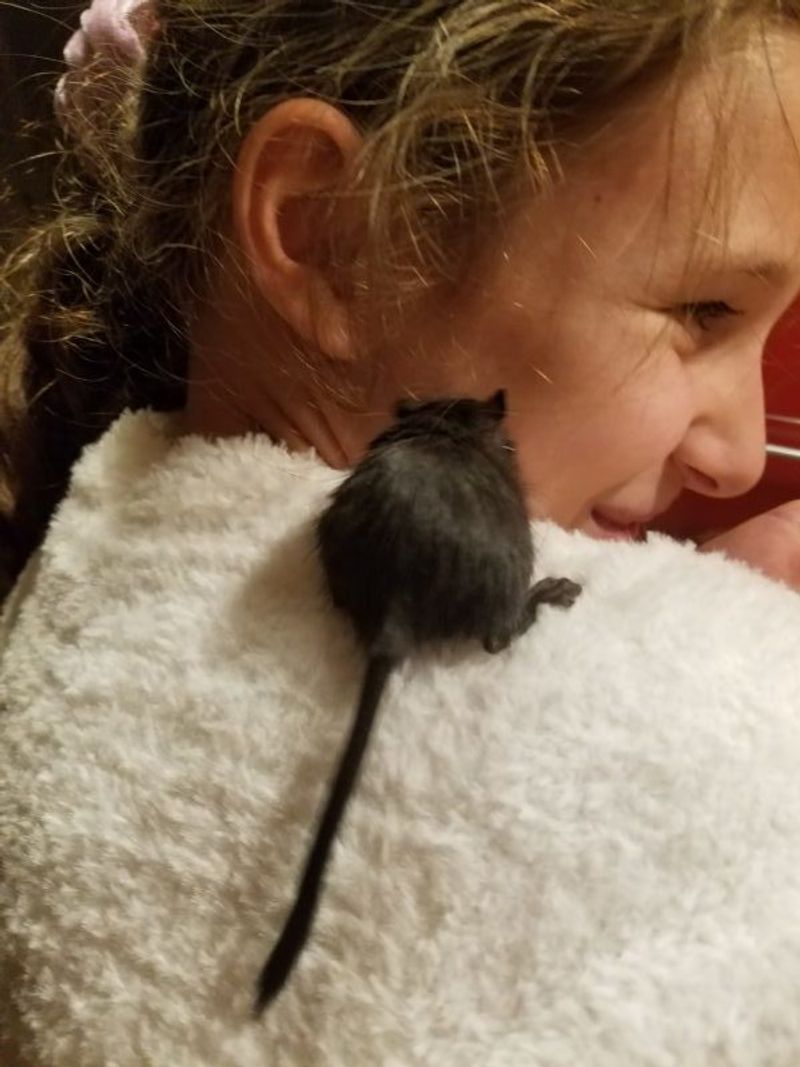
Gerbils are energetic and inquisitive rodents that thrive in companionship. Their playful antics and burrowing habits are captivating to observe.
Caring for a gerbil involves setting up an engaging environment with tunnels and toys, encouraging creativity and problem-solving. Feeding and cleaning routines teach responsibility and attention to detail.
Gerbils’ social nature provides opportunities to learn about interaction and cooperation, making them delightful pets for kids.
Canary
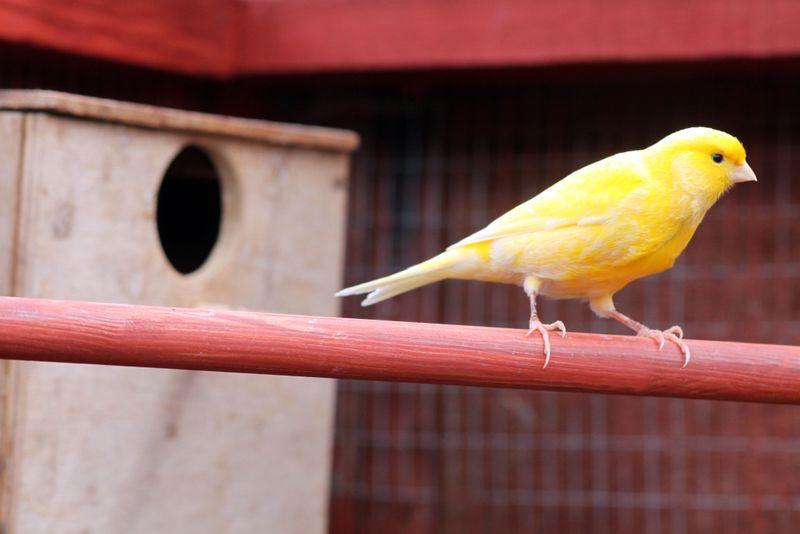
Canaries are known for their melodious singing and cheerful demeanor. Their vibrant plumage and lively songs bring joy to any home.
Children learn to care for these delicate birds by maintaining their living environment and providing proper nutrition. This instills a sense of duty and respect for living creatures.
Canaries’ songs can inspire an interest in music and nature, enriching a child’s cultural understanding and appreciation.
Hermit Crab
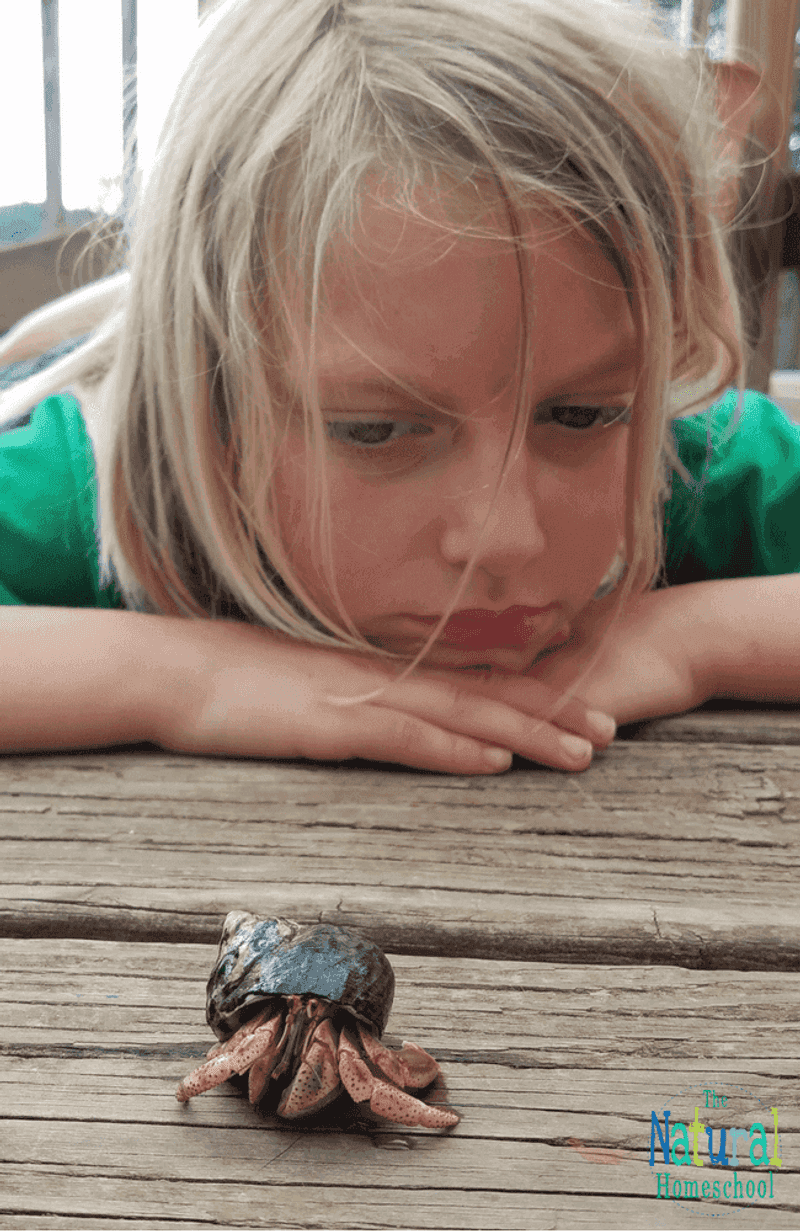
Hermit crabs are intriguing pets known for their unique shell-swapping behavior. They inspire curiosity and wonder in young minds.
Caring for a hermit crab involves creating a suitable habitat with sand and shells, teaching responsibility and environmental awareness. Feeding and observing their behavior can spark interest in marine biology.
These crustaceans’ adaptability and resilience provide valuable lessons in change and growth, making them fascinating companions.
Chinchilla
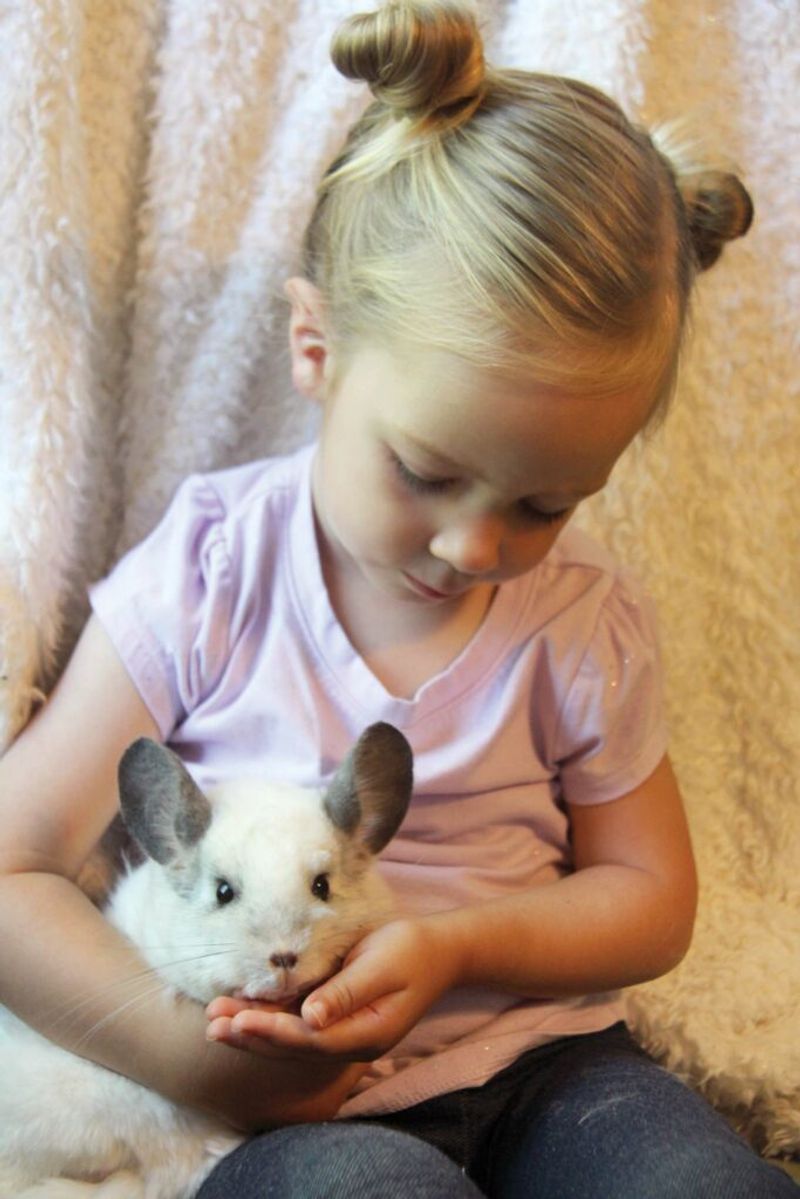
Chinchillas are soft-furred rodents known for their playful nature and unique grooming habits. Their gentle demeanor makes them appealing pets for kids.
Children learn to care for chinchillas by providing a proper diet and environment, fostering responsibility and empathy. Their dust baths offer a unique glimpse into animal care and behavior.
Chinchillas’ lively antics and expressive faces bring joy and laughter, creating a special bond with their young caretakers.
Lizard
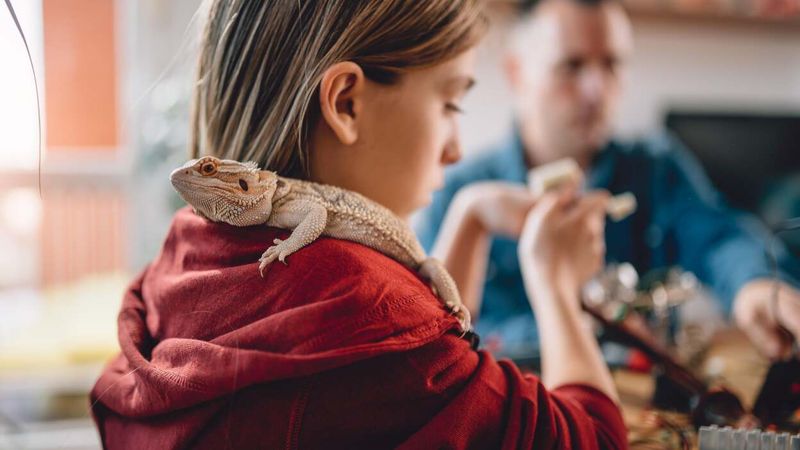
Lizards make fascinating pets with their diverse species and intriguing behaviors. Observing a lizard’s sunbathing habits can be both calming and educational.
Caring for a lizard involves maintaining the right temperature, lighting, and diet, teaching attention to detail and consistency. These reptiles’ unique adaptations offer a chance to explore topics like evolution and habitat.
Lizards’ ability to blend with their surroundings provides lessons in camouflage and survival, sparking curiosity and wonder.
Ferret
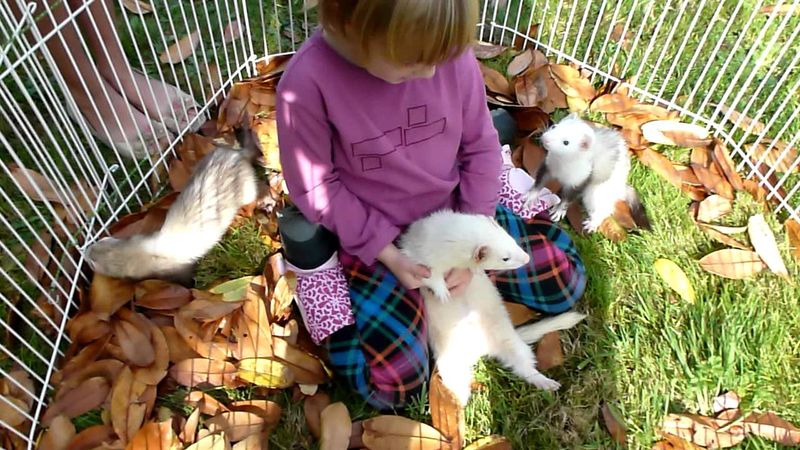
Ferrets are mischievous and energetic pets known for their playful nature. Their curious antics and boundless energy make them entertaining companions.
Caring for a ferret involves providing a stimulating environment with toys and tunnels, encouraging creativity and responsibility. Feeding and grooming routines teach organization and care.
Ferrets’ social behavior offers opportunities for interaction and bonding, enhancing a child’s understanding of friendship and trust.
Betta Fish
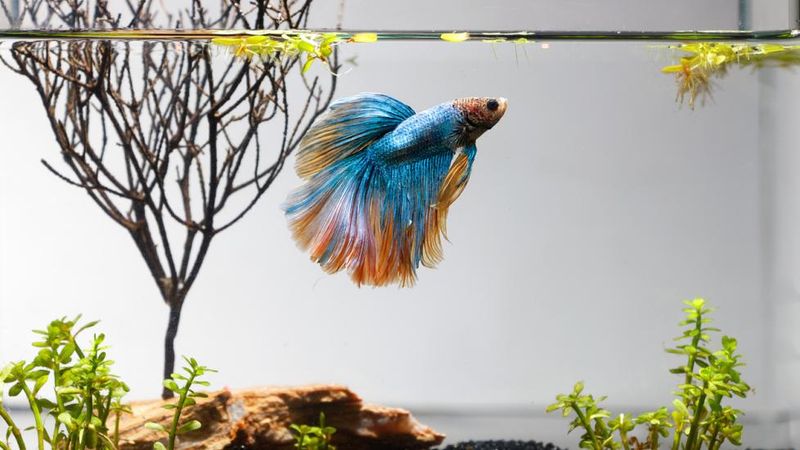
Betta fish, known for their stunning colors and flowing fins, make captivating pets. Their beauty and grace inspire admiration and tranquility.
Caring for a betta fish involves maintaining clean water and a balanced diet, teaching responsibility and attention to detail. Observing their behavior can ignite curiosity about aquatic life and ecosystems.
These fish’s solitary nature offers a contrast to more interactive pets, providing lessons in independence and self-reliance.
Mouse
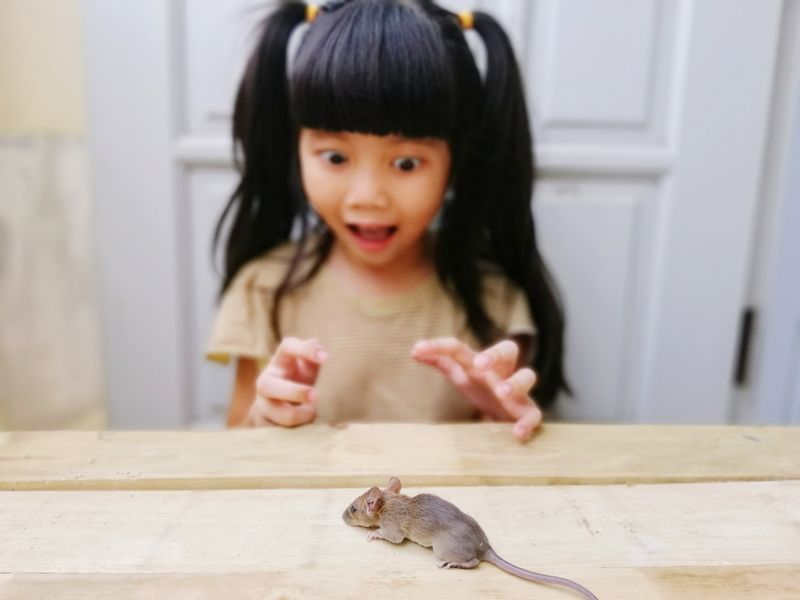
Mice are small yet engaging pets, known for their curious nature and delicate demeanor. These rodents thrive in well-maintained environments filled with tunnels and toys.
Caring for a mouse involves setting up an engaging habitat and ensuring proper nutrition, teaching responsibility and empathy. Observing their behavior offers insights into animal instincts and social interactions.
Mice’s quick movements and inquisitive nature make them delightful companions, sparking curiosity and wonder in young minds.
Axolotl
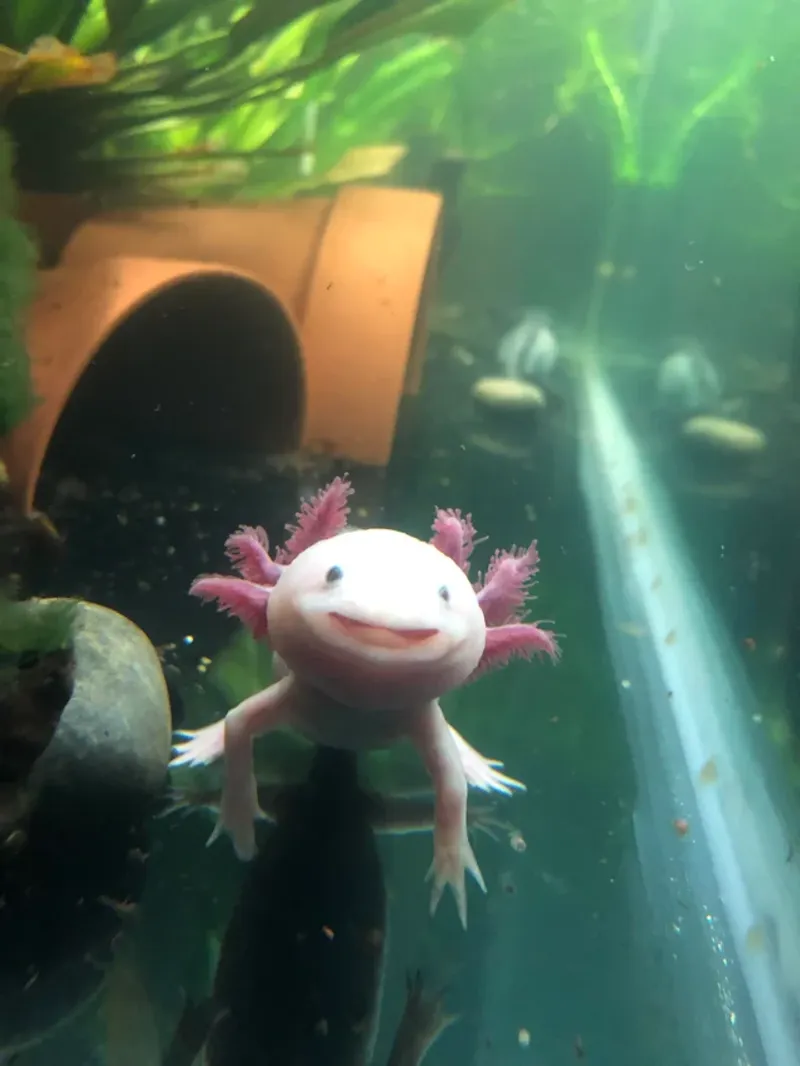
Axolotls, with their perpetual smiles and fascinating appearance, are a captivating choice for children. These aquatic creatures, known as Mexican walking fish, bring a touch of the exotic into any home.
Caring for axolotls involves maintaining a clean tank, monitoring water temperature, and feeding them a diet of worms and small fish. It’s a manageable commitment that teaches children consistency and routine.
Interestingly, axolotls have an astonishing ability to regenerate lost limbs, sparking curiosity and wonder. Their intriguing nature can inspire children to learn more about biology and conservation, enriching their educational journey.

